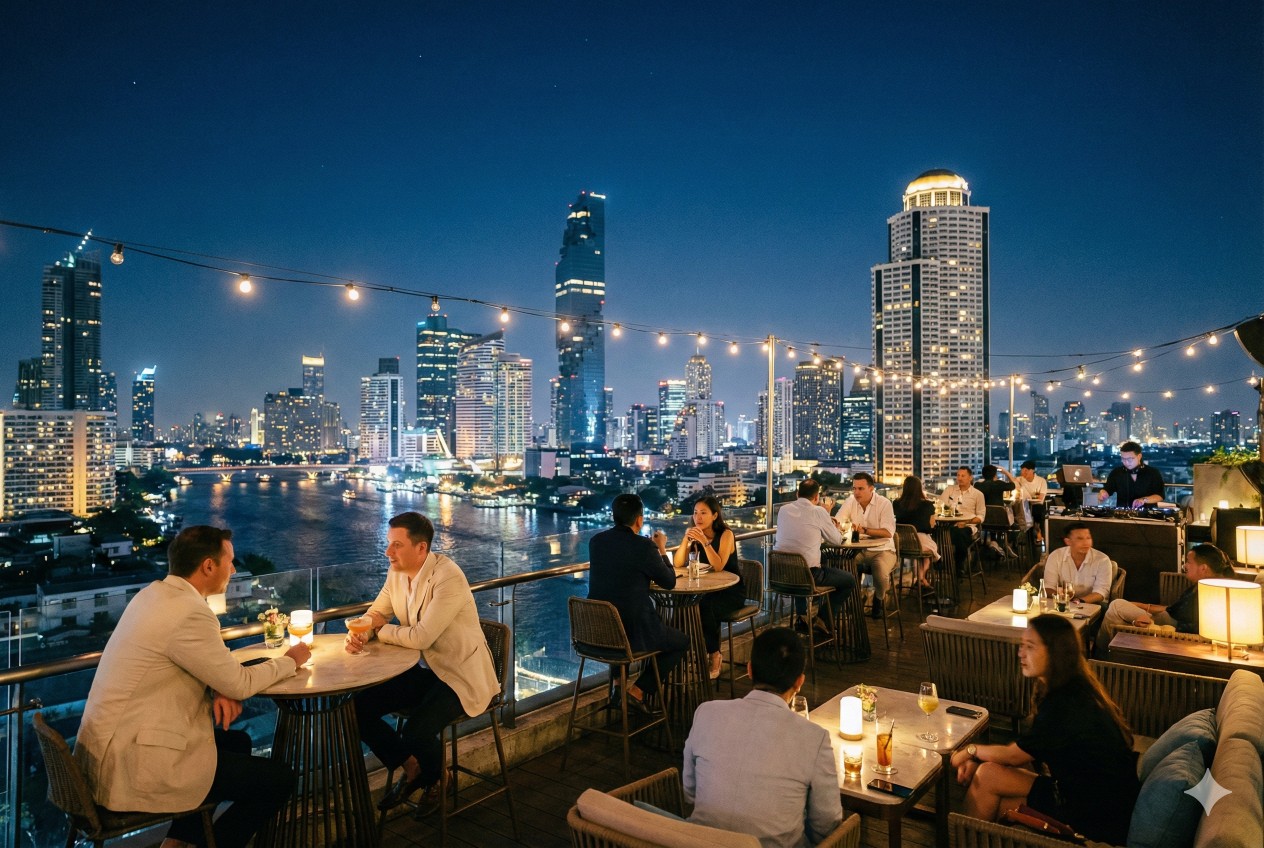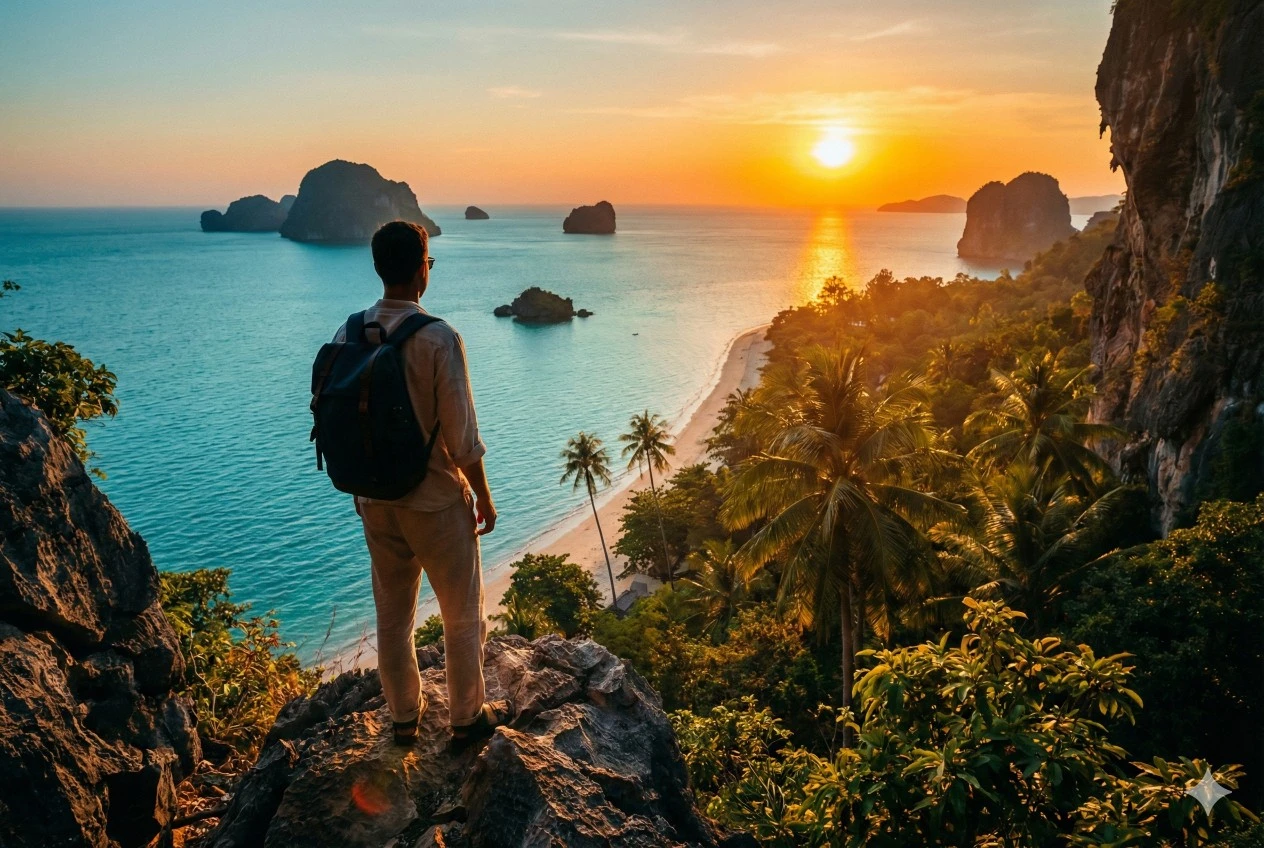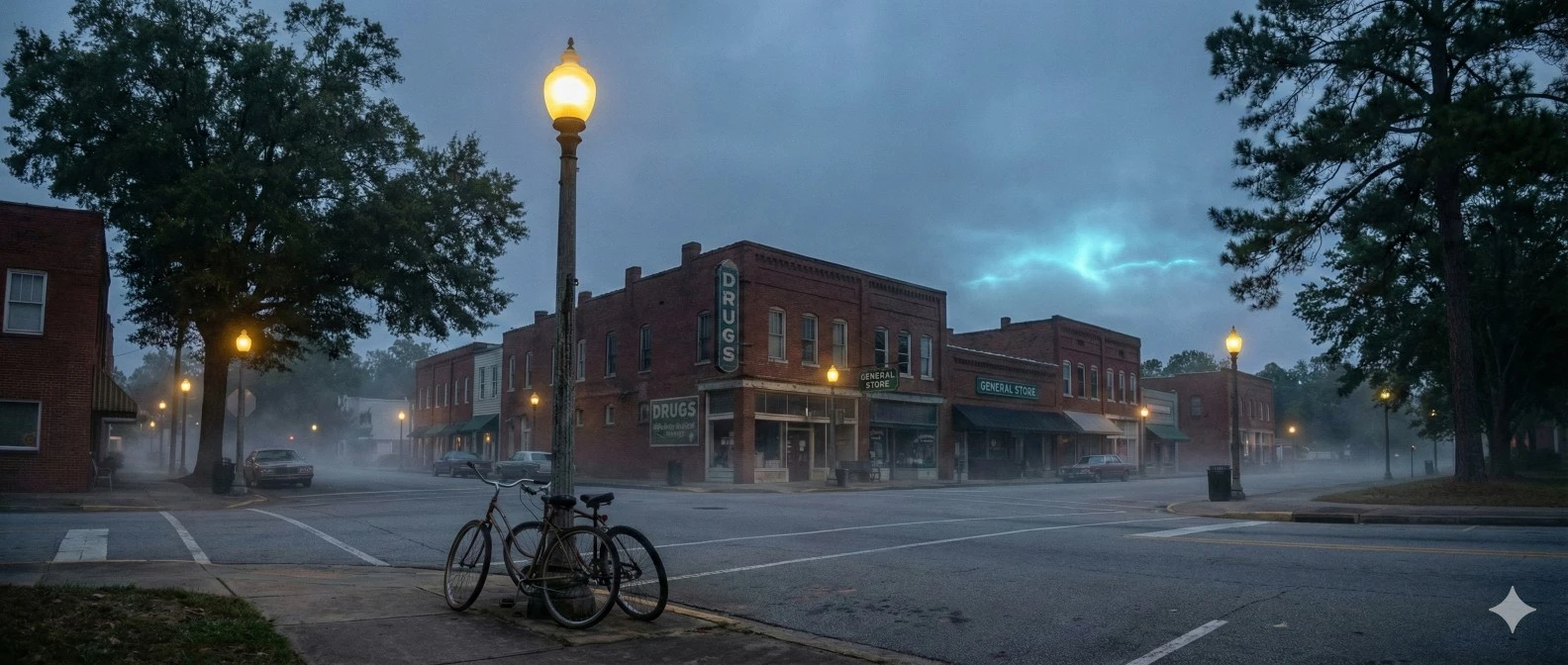Table of Contents
Introduction — Rediscovering Ancient Temples Beyond Asia
When we imagine ancient temples, we tend to imagine traveling east — to the magical, mystical landscapes of Cambodia, India, or Japan. The human spirit has always sought the divine, leaving behind sacred places on every continent. From stone circles well before history to cliff houses encircled by the motion and sounds of ocean winds, spirituality is universal — a language that crosses time and space.
This exploration takes you beyond Asia, discovering other ancient temples and sacred sites that whisper stories of the gods, sacred stars, and human service. These are not the kitschy tourist attractions of today, but instead, they are still living relationships of earth to sky, nature to faith.
And, today, with an AI-generated travel itinerary planner or AI travel guide by The Tarzan Way, seeking and discovering spiritual places could not be easier. Whether an architect, history lover, or quiet seeker, this inspiring global travelogue will foster your engagement with the spiritual traditions and heritage of our world today!
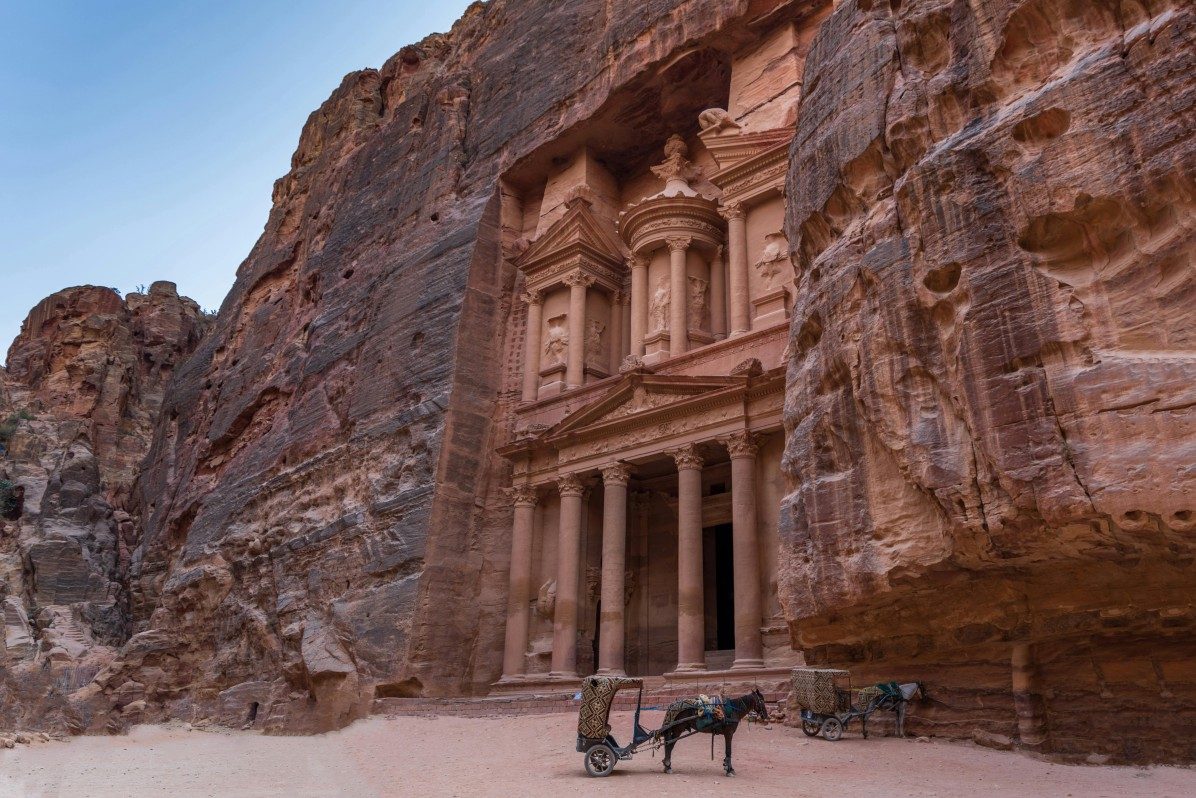
Key Takeaways
- Ancient sanctuaries existing outside of Asia provide evidence of forgotten civilizations with actual living spiritual traditions in Africa, Europe, and America’s
- Sites such as Great Zimbabwe, Tiwanaku, and Newgrange were not simply places of worship: they were actually cosmic observatories with alignment to the stars.
- Every sacred site of worship embodies humanity’s deep connection to nature, astronomy, and faith.
- You can responsibly visit every sacred site using an AI travel itinerary planner, or AI travel guide with cultural, historical, and spiritual context.
- These are not ancient ruins, they are living monuments to our shared human spirituality.
Europe — Stones That Remember
Europe’s sacred history runs deep — older than written scripture, carved into stones aligned with the stars. These temples tell of civilizations that worshipped the cosmos, earth, and life itself.
Ġgantija Temples, Malta — The Giants’ Legacy
Older than Egypt’s pyramids, Ġgantija is one of the world’s oldest temple complexes. Its name translates to “Place of the Giants,” referring to a local legend that giant beings built the enormous temple quickly, overnight.The temples are made of huge limestone slabs that form an interior circular chamber that was once used for fertility rituals and to worship the moon. Archaeologists believe that the temples were dedicated to a mother goddess; this is possibly the earliest evidence of organized religion in Europe. From the perspective of the traveler, to be inside of the stone walls while the sun is setting has a feeling of time being suspended.
Travel Tip: Visit in the early morning to avoid the crowds and feel the mystical calm. Combine the trip to Ġgantija with a visit to the other megalithic sites in Gozo and use The Tarzan Way’s AI travel guide to plan a seamless route throughout these prehistoric sites.

Newgrange, Ireland — Passage to the Afterlife
More than a tomb, Newgrange is a cosmic temple, built more than 5000 years ago, with an earth-covered opening that contains a long stone passage leading to an inner chamber that lights up only one time a year — at sunrise on the winter solstice. The bay’s alignment with the rising sun likely governs a ritual that honored death and rebirth, and the spirals carved in the stones seem to represent eternity and cyclical life. The site predates both Stonehenge and the Great Pyramids and reveals how great European cultures understood celestial harmony and their interrelation with it.Travelers Note: If you want to visit during the winter solstice, book the visit months ahead; it is a rare moment when the sunlight fills the inner chamber. And if winter solstice isn’t possible, look into virtual visits. The AI-powered itinerary planner will help you add the visit to your Irish route, along with historic stops nearby.

Skellig Michael, Ireland — The Island of Monks and Myths
Situated on a rocky isle off the west coast of Ireland, Skellig Michael comes across as more of a figment of the imagination than a physical place. Stone huts, remnants of early Christian monks who occupied Skellig Michael, sit on the cliffs above crashing waves of the Atlantic Ocean.The monks lived in seclusion praying and studying while storms rolled through below them. The shapes and remoteness of the island make it a sacred space — just recently it gained notoriety as Luke Skywalker’s place of retreat in Star Wars: The Last Jedi. It pulls together mystical elements and cinematic beauty intertwining faith and fantasy.
Travel Tip: boat trips depend on the weather; it is always a good idea to check the schedule before heading out. If adventure is what you love, be sure to check out the Tarzan Way, where you can go on journeys of storytelling with historical narratives or mythological origins – great for those who are pulled by sacred solitude.
Oceania — The Floating Temples of Micronesia
The Pacific hides stories that blend land, sea, and spirit. Among coral reefs and tropical forests lies a temple city unlike any other — a sacred labyrinth built upon the ocean itself.
Nan Madol, Pohnpei (Federated States of Micronesia) — The Venice of the Pacific
Nan Madol is a strangely stunning ruin – an almost 100 islets made by hand out of massive basaltic stones set atop a coral reef. Formerly the ceremonial and political capital of the Saudeleur Dynasty, it has been referred to as the “Venice of the Pacific.” Legend has it that sorcerers magically moved the heavy stones into place.The sacred geometry of the city, its canals, and walls, were intended to honor the deities and chiefs. At night and under the moonlight, one feels Nan Madol is alive with the ocean’s whispers and the songs of ancient spirits.
Travel Tip: Be sure to explore it by canoe or guided tours. Visit in the early evening to see the light in a soft manner, and there are not as many people. Be sure to include this stop in your Micronesian adventure with The Tarzan Way’s AI-powered travel itinerary planner, which can plan your island-hopping, and cultural experiences itineraries.
Africa — Sacred Kingdoms of Stone and Spirit
Sacred architecture of Africa showcases societies of colossal creativity and power — empires that constructed temples not only for worship but as living embodiments of community, kingship, and the divine were there, with their monuments offering glimpses into a system of thought rooted in religion, astronomy, and politics.
Great Zimbabwe, Zimbabwe — The City of Stone Kings
Hidden among the granite hills of southeastern Zimbabwe is Great Zimbabwe, the spiritual and political core of a powerful Shona kingdom. Built entirely of stone, with no mortar, the large circular walls rise like a fortress of silence.Great Zimbabwe is, however, not ruins of belief. It was a vibrant city — a hub of trade, faith, and ceremony. The Great Enclosure reached up to 10 meters in height and sheltered ceremonies relating to fertility, royalty, and the ancestors. Gold, glass beads, and ceramics discovered at this site indicated connections as far away as Persia and China.
Why It Matters: Great Zimbabwe alters the notion of African heritage. For hundreds of years, colonial myths denied its origin, while today it advances a concept of rethink of indigenous intelligence, sacred kingship, and enduring faith.
Traveler’s Note: Visit in the dry season (May to October). Hire a local Shona guide to ensure they include the rich storytelling that will connect you to the living spirit of the site. Consider adding it to your travel itinerary that AI generated through The Tarzan Way as a part of discovering other ancient spiritual sites in southern Africa.
South America — Temples Aligned with the Stars
The peoples of South America, from Mexico to Patagonia, constructed places of worship across the Andes and beyond, at the confluence of heaven and earth. These sacred spaces reflected the constellations and mountains and the solar cycles that governed their lives.

Tiwanaku, Bolivia — Gateway to the Gods
Soaring 13,000 feet above sea level, Tiwanaku is one of the most enigmatic temples in the world — a ceremonial city that once reigned over the Andean highlands long before the Inca empire.At its center is the Gateway of the Sun, carved from a single block of stone that is decorated with figures of cosmic gods. The Kalasasaya Temple and Akapana Pyramid were aligned to the solstices, embodying a practice of human ritual that was harmonized with the orders of the cosmos.
Why It Matters: Tiwanaku embodies an ancient understanding of astronomy and divine order. It is still a pilgrimage destination for Indigenous Aymara communities — it shows that spirituality has never left the region, only evolved.
Traveler’s Tip: Travel from May to October for clear skies. You can couple this trip with exploring Isla del Sol on Lake Titicaca, another sacred site where legends of the Sun God begin. For all your spiritual trips, check out The Tarzan Way’s AI travel guide for the most efficient route, it can easily connect Tiwanaku to other pilgrimage routes in the Andean region.

Templo Mayor, Mexico — The Heart of the Aztec Universe
Underneath contemporary Mexico City lies Templo Mayor, which was once the vibrant core of Tenochtitlan — the capital of the Aztec Empire. This twin-pyramid temple was dedicated to Huitzilopochtli (god of war) and Tlaloc (god of rain), representing endless cycles of creation and destruction. Archaeologists have uncovered layer upon layer of altars, offerings, and human remains — a testament to the Aztecs’ deep ritual commitment. The temple was an embodiment of their cosmos: the heavens, the underworld, and human world in between.Why It Matters: Templo Mayor is a portal from ancient faith to contemporary identity. It demonstrates how spirituality informed the pulse of an empire — from daily offerings to immense festivals to honor their gods.
Traveler’s Note: Located in downtown Mexico City. Visit the Templo Mayor Museum to see the famed Coyolxauhqui Stone, a carving of the moon goddess. Include this stop in your AI-powered travel itinerary planner for Mesoamerican heritage circuits.

Chaco Canyon, USA — The Celestial City of the Desert
Deep in the red canyons of New Mexico, the Ancestral Puebloans created a complex of “great houses” — large multi-story stone structures that line up precisely with various celestial events. Chaco Canyon was a place of spirit-based and astronomy-based significance, where many thousands of people gathered for ceremonial events associated with the sun and moon’s cycles. At Pueblo Bonito, rooms and plazas are oriented toward the solstice sunrise, and the famous Sun Dagger petroglyph marks the seasons with incredible accuracy!Why It Matters: Chaco shows us that ancient spirituality was heavily scientific, and the cosmos itself was considered sacred. It is still utilized today by the descendants of Native Americans as a site that is sacred.
Traveler’s Tip: Best to visit during spring or fall. Attend the night-sky programs presented by some of the staff rangers to see the same stars that the ancient priests or priestesses observed.

Cahokia, USA — Mounds of Mystery
Long before European contact, the Mississippian civilization built Cahokia, a city of temples and earthworks near present-day Illinois. Its centerpiece, Monks Mound, towers above the plains — larger than Egypt’s Great Pyramid at its base. Cahokia’s plazas, ceremonial mounds, and “Woodhenge” observatory reflect a deep understanding of solar patterns. Rituals here marked harvests, celestial events, and transitions of leadership — blending earth’s fertility with cosmic order.Why It Matters: Cahokia proves that North America’s ancient civilizations were urban, spiritual, and scientifically advanced. The site’s scale and symbolism make it one of the most powerful sacred landscapes in the Western Hemisphere.
Traveler’s Tip: Visit the Cahokia Mounds State Historic Site Museum for an immersive reconstruction of its spiritual life.
Themes That Unite the World’s Sacred Landscapes
Across continents and cultures, these ancient temples, spiritual sites, and mysterious monuments share timeless patterns — a human need to connect heaven and earth, life and eternity.- Astronomy & Alignment: Many of these sacred temples — from Newgrange to Chaco Canyon — align with solstices or lunar cycles.
- Faith & Function: Temples were both community centers and cosmic observatories.
- Respect & Continuity: Many remain active spiritual places, where local traditions continue to honor ancient gods and ancestors.
Responsible & AI-Powered Spiritual Travel
Exploring these sacred places is both a privilege and a responsibility. To travel respectfully:- Hire certified local guides who share authentic cultural perspectives.
- Avoid touching carvings or stones.
- Dress modestly and keep quiet at active worship sites.
- Donate to heritage conservation programs where possible.
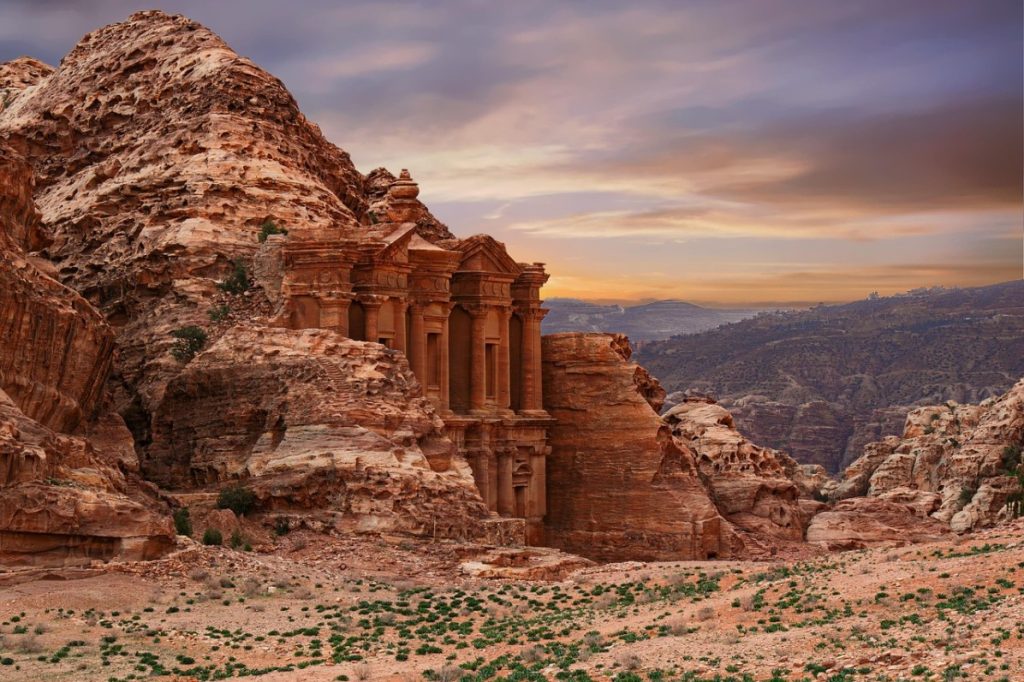
Conclusion
From the rolling Atlantic cliffs of Ireland to the sun-parched plains of Zimbabwe, our world is filled with ancient temples, spiritual sites, and sacred monuments that detail stories of faith, creation, and connection.They are not simply artifacts, they are living records of who we were, and what we still strive for today.
Plan your next unconventional temple tour with The Tarzan Way’s AI-powered travel itinerary planner – and witness the world’s forgotten sacred spaces through the eyes of a modern society and the awe of all humanity.
Frequently Asked Questions (FAQs)
1. What are some lesser-known ancient temples outside Asia?
Sites like Great Zimbabwe (Africa), Tiwanaku (Bolivia), Newgrange (Ireland), and Cahokia (USA) are remarkable but often overlooked.
2. Why are these temples significant?
They reflect ancient civilizations’ beliefs, astronomical knowledge, and spiritual traditions that shaped their societies.
3. Are these temples still active spiritual sites?
Yes. Many, like Tiwanaku and Great Zimbabwe, remain pilgrimage or ritual sites for local communities.
4. How old are these temples?
Some, like Newgrange, date back to 3200 BCE, predating Stonehenge and the Egyptian pyramids.
5. What makes Great Zimbabwe unique?
It was built entirely without mortar and served as both a political and spiritual center of the Shona Kingdom.
6. Can I visit these temples today?
Most are open to visitors. Always check local regulations and conservation guidelines before visiting.
7. What is the best way to plan a spiritual travel itinerary?
Use AI travel tools like The Tarzan Way’s AI-powered itinerary planner to customize routes and get cultural insights.
8. Are these sites UNESCO World Heritage Sites?
Yes — many, such as Great Zimbabwe and Chaco Canyon, are recognized by UNESCO for their global significance.
9. How can travelers visit respectfully?
Dress modestly, avoid touching sacred structures, and hire local heritage guides to learn responsibly.
10. Which temple should I visit first as a spiritual traveler?
Start with one that resonates with your beliefs — like Newgrange for cosmic connection or Tiwanaku for Andean spirituality.
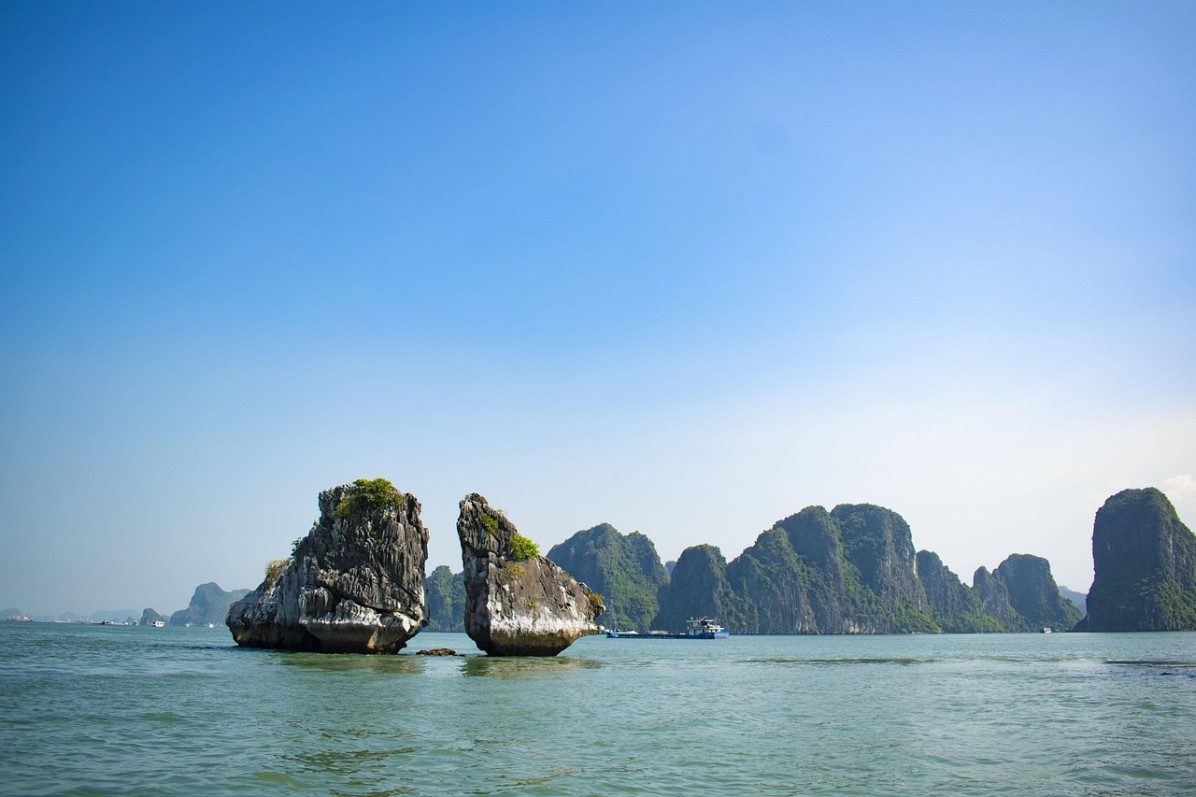
Glossary
AI Travel Guide: A smart tool that uses artificial intelligence to recommend destinations, create itineraries, and offer travel insights.AI-Powered Travel Itinerary Planner: A digital assistant that helps travelers plan customized routes and cultural experiences efficiently.
Spiritual Tourism: Travel focused on exploring religious, cultural, or meditative sites for personal growth or connection.
World Heritage Site: A location designated by UNESCO for its cultural, historical, or scientific importance.
Sacred Architecture: Structures designed for religious or ceremonial purposes — temples, shrines, pyramids, and altars.
Solstice Alignment: The intentional design of temples or monuments to align with sunrise or sunset during solstices. Ancestral Worship: A religious practice where respect and offerings are made to deceased ancestors believed to influence the living.
Pilgrimage Route: A spiritual journey to a holy or sacred place, often with historical or cultural meaning.
Megalithic Structure: Large stone monuments or temples built in prehistoric times, often for ceremonial or astronomical purposes.
Cultural Heritage: The legacy of physical artifacts and intangible attributes inherited from past generations, preserved for the future.


